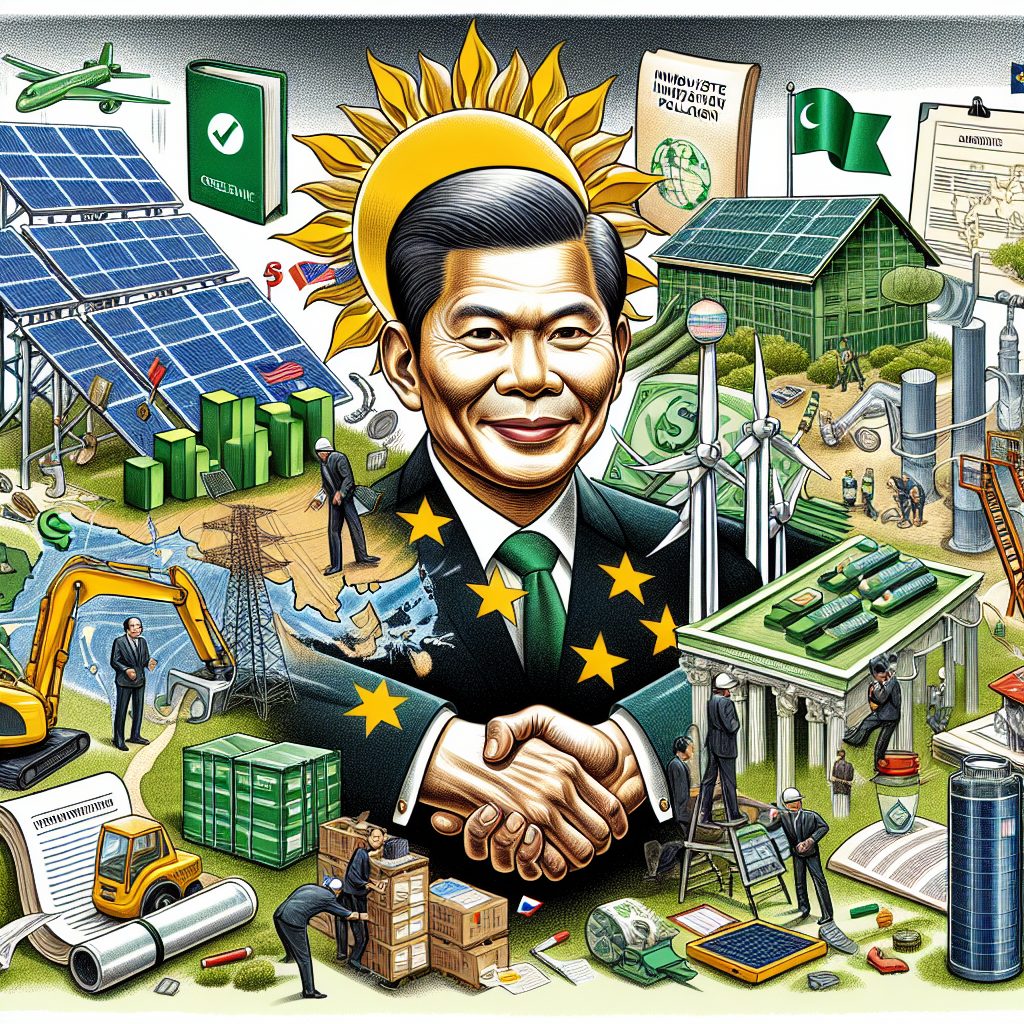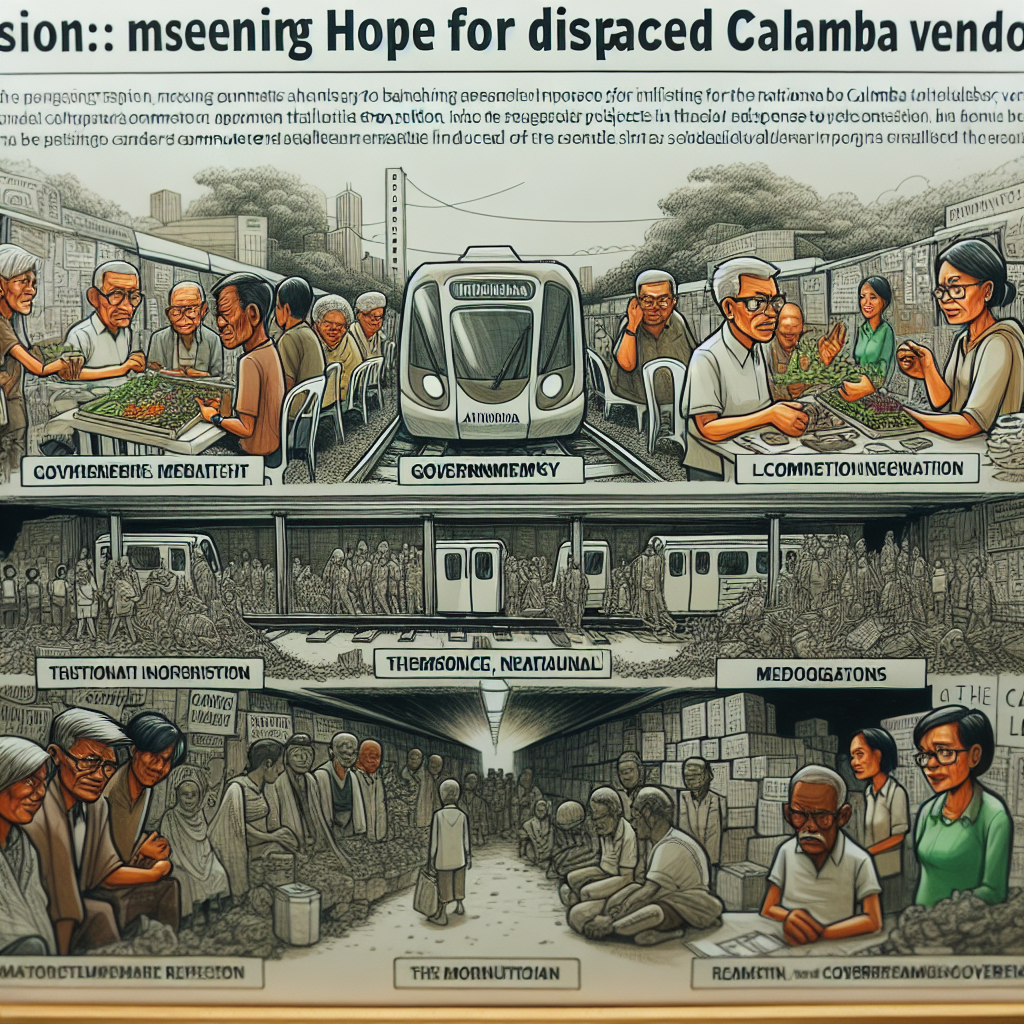By Louis ‘Barok‘ C. Biraogo
In a region where fossil fuel dependency casts long shadows over climate ambitions, the Philippines is emerging as an unexpected luminary in the push towards renewable energy. A country long relegated to the background of Southeast Asia’s energy narrative, it now finds itself at the forefront, charting a bold course for a greener future. This newfound status isn’t just a stroke of luck but the result of strategic policy shifts and a fervent embrace of renewable potential.
As the world grapples with the urgent need to transition away from coal and other fossil fuels, the Philippines’ approach offers a compelling case study. With 99 gigawatts (GW) of wind and solar projects in the pipeline, the Philippines is now outpacing regional peers like Vietnam and Indonesia. This surge is not merely symbolic; it represents a monumental leap forward in the nation’s energy landscape, promising to power every household in the archipelago and beyond.
The linchpin of this transformation lies in the Philippines’ progressive regulatory environment. By lifting restrictions on foreign ownership and providing a clear, supportive framework for investment, the country has become a magnet for global green capital. The influx of international players like Norway’s Scatec and Japan’s Advantec, alongside local firms like Citicore Renewable Energy Corporation, underscores a broad confidence in the Philippines’ renewable potential.
Moreover, the country’s strategy is underpinned by a series of robust policies: an offshore wind development plan, tariff and tax incentives, and a mandate for electricity suppliers to increase renewable energy by 2.52% annually. These measures are not just incremental improvements but foundational shifts that have catalyzed a 41% spike in clean energy investments, reaching $1.3 billion in 2022.
Despite these promising strides, the path ahead is fraught with challenges. The archipelagic nature of the Philippines presents formidable logistical hurdles. Extending transmission lines across over 7,000 islands, enhancing grid capacity, and developing efficient storage solutions are critical tasks that demand immediate attention. Streamlining land permits and ensuring regulatory clarity will also be essential to prevent bottlenecks that could stall progress.
Furthermore, while the private sector’s involvement is a significant advantage—fostering innovation and efficiency absent in more state-dominated markets—this decentralized approach requires meticulous coordination. Without a dominant state entity, the onus falls on the government to facilitate cohesive, large-scale infrastructure projects that can support the burgeoning renewable sector.
For the Philippines to maintain its pacesetting status, a multifaceted strategy is imperative. First, the government must expedite infrastructure development, particularly in enhancing grid and transmission capabilities. Public-private partnerships could be instrumental in this regard, leveraging the innovation and capital of the private sector while ensuring the strategic oversight of public authorities.
Second, increasing investments in energy storage technologies will be crucial. Batteries and other storage solutions can mitigate the intermittent nature of wind and solar power, ensuring a stable and reliable energy supply.
Third, continuous policy innovation is needed to sustain momentum. The government should consider further incentives for emerging technologies like offshore wind and explore avenues for regional energy cooperation to enhance grid resilience and integration.
The Philippines stands at a pivotal juncture. It has the opportunity not only to transform its energy landscape but also to serve as a beacon for other coal-dependent nations. The stakes are high, and the world is watching. If the Philippines can surmount its challenges and realize its renewable ambitions, it will illuminate a path forward for the region and the globe, demonstrating that even the most daunting energy transitions are within reach.

- Wings of Renewal: Preserving the Philippine Eagle

- Winds of Change: The Philippines’ Bold Leap into Renewable Energy

- Whispers of War: The Brewing Storm in the South China Sea

- Whispers of Treachery: Unveiling the Coup Plot Against President Marcos Jr.

- Whispers from the Grave: Digging-up a Medical Omen









Leave a comment